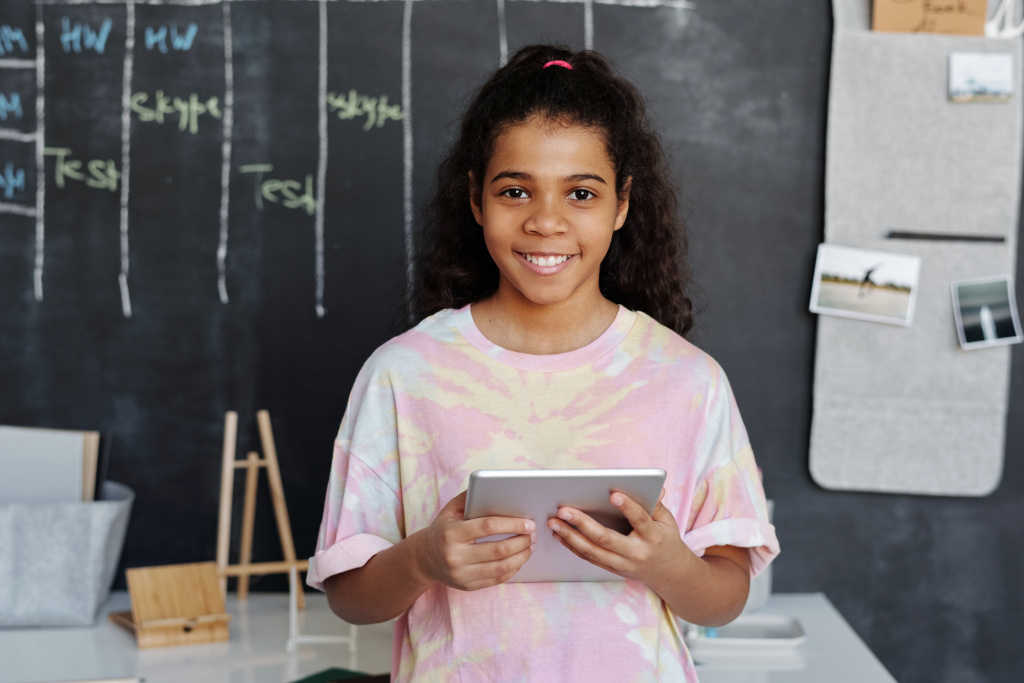
Back in 2006 when I got my first teaching post, the technology available to complement lessons was limited. I had the use of an overhead projector and there was a TV with a VHS and DVD player that got wheeled from classroom to classroom.
Fast forward 15 years, and that has completely changed. In my lessons now, I can share my slides on a screen at the front of the classroom, as well as directly to my students’ iPad screens, adding live annotations and saving the resource to a shared online space for learners to access later. I can use numerous quiz platforms to check the class’s understanding; create and share images, animations and videos to develop their learning; involve students in lessons even when they are not onsite and set tasks that allow learners to show off their understanding in creative ways.
This breadth in resources and techniques available is the most widely appreciated benefit of educational technology (EdTech) by teachers, according to new research by user experience (UX) design agency, Nexer Digital. The Mapping the Future of Education and Technology report has revealed that more than four in five educators (83%) said that EdTech has increased the range of materials they have to teach with, vastly enriching the experience for learners. These benefits have been particularly experienced by further education educators, 92% of which say that EdTech has improved the range of resources they can use to teach.
EdTech and science
For a science teacher, EdTech has a huge number of benefits. Students can see concepts and processes right in front of them. Rather than having to try and imagine these abstract and complex ideas, the class can see them in action, making the information easier to understand and retain.
An example of this is modelling particle behaviour using animations looking at how particles behave in different states of matter and atomic structure and bonding. I can speed up or slow down what would otherwise be impossible to see. I can get students to make models and narrate the processes so that their understanding is visible and audible to get a clear picture of their levels of understanding. My favourite stop-motion app is iMotion, which we use to make animations to model processes.